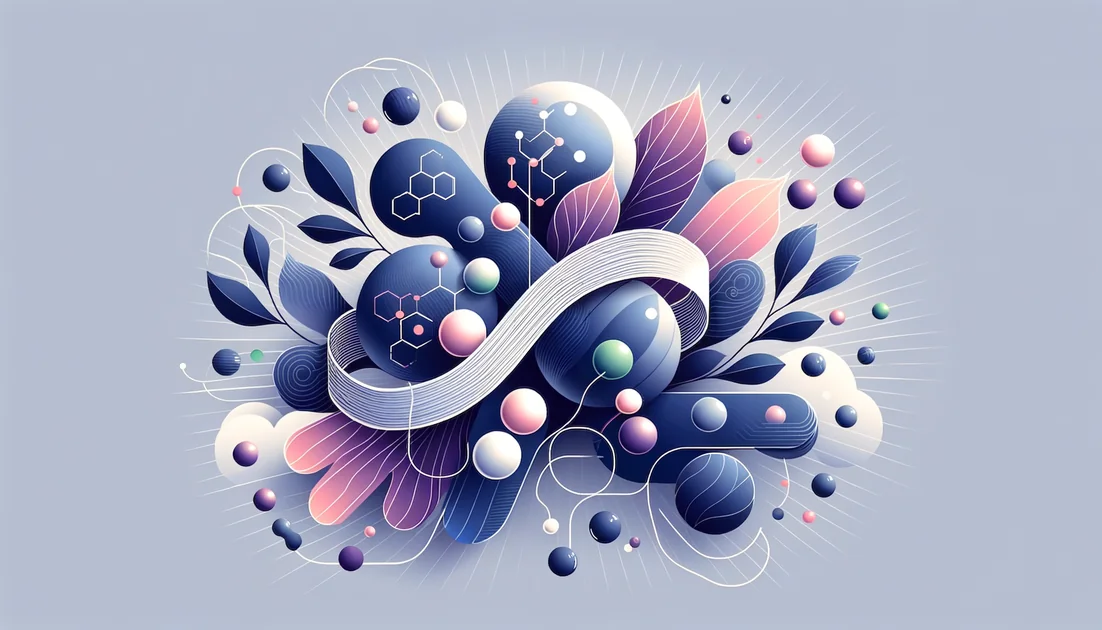
Quercetin + Bromelain + Vitamin C
Quercetin + Bromelain + C: Allergy & Airways Combo?
Quick Summary
- •Theory-supported, partially studied combo
- •Helpful for some, but true "A+B>C than A or B alone" synergy is unproven.
The Verdict
Core + BoostersEssential Core: Quercetin + Bromelain
Beneficial Additions: Vitamin C
Optional Additions: Zinc, NAC, Quercetin phytosome instead of plain quercetin
- •Seasonal allergies and stuffy sinuses
- •Supportive use at the first sign of an upper-respiratory bug (not a stand-alone treatment).
The Synergy Hypothesis
This trio may work like a small team for allergy-prone airways: quercetin steadies mast cells and tames histamine, bromelain reduces swelling and sticky mucus, and vitamin C recycles quercetin and may help lower histamine. The net effect should be easier breathing and fewer symptoms with triggers.
How the system works →
In allergic flares, mast cells release histamine (itch, sneeze, drip) and tissues swell. Quercetin is the 'histamine whisperer' that helps mast cells stay calm; bromelain acts like a cleanup crew, reducing puffy tissue and thinning thick secretions; vitamin C supports the antioxidant network that keeps quercetin and other defenses going, and may blunt histamine sensitivity. A real-world study of this exact trio in hospitalized COVID-19 patients showed some lab improvements (CRP, ferritin) but no difference in clinical events, so we should view the combo as complementary support rather than a proven treatment. [1][2]
Solo vs Combination
- Solo quercetin: Good for allergy control, but plain forms absorb poorly for many people; upgraded forms (phytosome/EMIQ) perform better.
- Solo bromelain: Can help sinus swelling but won't calm histamine on its own.
- Solo vitamin C: Modest, sometimes helpful, but rarely enough by itself for sneezing/runny nose.
- Together: Coverage is broader—less histamine, less swelling, and antioxidant backup—yet we still lack proof that the trio beats the same ingredients used separately at optimized doses.
The Ingredients
Two-part tag team for stuffy, sneezy noses: quercetin behaves like a plant-based antihistamine that steadies mast cells, while bromelain helps shrink puffy tissues and thin thick mucus; bromelain may also help quercetin get through the gut, though human proof for that last bit is limited. [4][5][10]
Works Alone?
Yes
Needs combination
What if I skip this? (high impact, combo breaks)
- •You lose the main antihistamine/anti-swelling engine
- •Vitamin C alone won't address congestion or mast-cell symptoms.
Vitamin C +
synergist• beneficial
Acts like an antioxidant "reset button" that can recycle quercetin after it quenches free radicals, and it may help lower histamine levels that drive itch/sneeze. [2][7]
Works Alone?
Yes
Needs combination
What if I skip this? (moderate impact, combo survives)
- •You keep the anti-allergy/decongestant core, but lose antioxidant 'recycling' and some histamine support
- •Some users may notice less stamina or more irritation with exertion/illness.
How They Work Together
Quercetin + Bromelain + Vitamin C
dual pathway
Think of an allergy flare as a kitchen fire: quercetin turns down the gas (histamine), bromelain clears the smoke (swelling/mucus), and vitamin C brings fresh batteries for the alarms (recycles antioxidants so defenses keep working). [1][2][4][5]
Quercetin ↓ histamine + Bromelain ↓ swelling + Vitamin C → antioxidant support → Easier breathing
Gas pedal + brakes + pit crew working together.
Quercetin + Bromelain
enhances absorption
Because bromelain changes proteins and mucus in the gut, and quercetin is hard to absorb, some formulations pair them; controlled human PK proof is limited, so treat this as a 'maybe'. [10]
Bromelain → (maybe helps) → Quercetin levels
Opening a sticky door so more gets through.
Quercetin + Bromelain + Vitamin C
mitigates side effect
After quercetin soaks up oxidants, it can form reactive leftovers; ascorbate can reduce these back, supporting safer, longer action in an antioxidant network. Human clinical confirmation for this safety 'recycling' is mechanistic, not outcomes-proven. [2][9]
Vitamin C ↺ recycles → Quercetin
Swapping out a spent battery so the flashlight keeps working.
Bromelain
dual pathway
Enzyme action can reduce inflammatory messengers and edema; small trials and reviews in sinusitis show symptom help, but study quality varies. [5]
Bromelain ↓ swelling → Clearer passages
Turning a clogged sponge back into a breathable filter.
How the system works in detail →
In allergic flares, mast cells release histamine (itch, sneeze, drip) and tissues swell. Quercetin is the 'histamine whisperer' that helps mast cells stay calm; bromelain acts like a cleanup crew, reducing puffy tissue and thinning thick secretions; vitamin C supports the antioxidant network that keeps quercetin and other defenses going, and may blunt histamine sensitivity. A real-world study of this exact trio in hospitalized COVID-19 patients showed some lab improvements (CRP, ferritin) but no difference in clinical events, so we should view the combo as complementary support rather than a proven treatment. [1][2]
How to Take This Combination
Timing Protocol
- •Quercetin + bromelain: 1–2 times daily between meals (e.g., mid-morning, late afternoon).
- •Vitamin C: take with those doses or with meals if your stomach is sensitive.
- •During high-pollen days or early cold symptoms, use the upper end of label dosing for a week, then step down.
- •Bromelain is often taken away from protein so it isn't 'used up' on digestion
- •Vitamin C can be gentler with food and timing is less critical.
Doses
Quercetin + Bromelain: Common labels deliver per serving: quercetin 300–800 mg + bromelain 50–200 mg; the QCB clinical trial used quercetin 1000 mg + bromelain 100 mg daily in divided doses. [1][11]
Vitamin C: 200–1000 mg/day; the COVID-19 QCB trial used 1000 mg/day split. [1][11]
⚠️ Order matters
- 1.
Take quercetin + bromelain for the core anti-allergy/anti-swelling effect
- 2.
Add vitamin C to support antioxidant recycling and histamine handling
Can add:Zinc (if diet is low), NAC for mucus (check meds), Quercetin phytosome instead of plain quercetin if absorption is an issue
Should avoid:Blood thinners/antiplatelets with bromelain (bleeding risk), Very high-dose vitamin C in men prone to kidney stones, Taking bromelain right before surgery
The Evidence
1 combination study — studied together 0 pharmacokinetic, 1 clinical, 2 mechanistic
View key study →
Randomized controlled study in hospitalized COVID-19 patients comparing standard care vs. standard care + quercetin 1000 mg + vitamin C 1000 mg + bromelain 100 mg daily; improved inflammatory labs but no reduction in adverse clinical events. [1]
- •Signals point to reduced inflammation markers
- •No proven advantage for hard outcomes. Allergies/airways benefit is inferred from individual-ingredient data, not proven as a trio.
Read full technical summary →
What the science says: this trio aims to calm the histamine response (quercetin), reduce swelling and mucus (bromelain), and backstop antioxidants and histamine clearance (vitamin C). One clinical trial tested all three together in hospitalized COVID-19 patients and found lab improvements but no hard clinical benefit; it used 1000 mg quercetin + 1000 mg vitamin C + 100 mg bromelain daily. That means the combination is plausible and popular for allergies/airways, but head-to-head proof that the trio beats the parts is still missing. [1][2]
Cost
Estimated Monthly Cost
$17–30/month at common retail doses (Q+B ~$12–20; Vitamin C ~$5–10).
View breakdown →
Quercetin + Bromelain: $12–20/month (generic quercetin+bromelain at label doses).
Vitamin C: $5–10/month (ascorbic acid tablets)
- •Fair value if you notice clear symptom relief
- •If not, try a 2–4 week trial of phytosome quercetin with or without vitamin C before giving up.
Money-saving options
- Quercetin phytosome alone for allergies (~$20–35/month)
- Vitamin C alone during colds (~$5–8/month)
Alternative Approaches
Quercetin phytosome + Vitamin C (skip bromelain)
Quercetin phytosome (200–500 mg/day), Vitamin C (250–1000 mg/day)
+Best human evidence for raising quercetin levels and an RCT showing allergy symptom reduction; avoids bromelain's bleeding/allergy cautions.
−May be pricier; you lose bromelain's decongestant/anti-edema help.
Choose if:If you're on blood thinners, sensitive to pineapple, or want the strongest bioavailability data for quercetin.
Quercetin + Bromelain only (add Vitamin C from diet)
Quercetin (500–1000 mg/day), Bromelain (200–600 mg/day of 2400 GDU/g)
+Simple, often cheaper; targets the two most symptom-relevant paths directly.
−You lose vitamin C's antioxidant 'recycling' and histamine benefits.
Choose if:If you already get 200–400 mg/day of vitamin C from diet and prefer fewer pills.
Isoquercitrin (EMIQ) + Vitamin C
Enzymatically modified isoquercitrin (EMIQ) 100–200 mg/day, Vitamin C 250–500 mg/day
+Enhanced quercetin bioavailability at lower doses; gentle GI profile for some users.
−Less widely available; fewer head-to-head clinical data vs phytosome.
Choose if:If plain quercetin upsets your stomach or you want lower pill burden.
Safety Considerations
- Bromelain: avoid with anticoagulants/antiplatelets and pause before/after surgery due to potential bleeding; avoid if allergic to pineapple/latex/certain pollens.
- Vitamin C: generally safe, but men with a history/risk of kidney stones should avoid chronic high doses; GI upset is common above 1000–2000 mg/day.
- Quercetin: usually well tolerated; theoretical drug-interaction potential via transporters/enzymes—check meds if you're on narrow-therapeutic-index drugs.
- Infections/asthma: do not delay guideline-based care; use this combo only as adjunct if your clinician agrees. [1][8][13]
⚠️ Contraindications
- ✗People on warfarin, DOACs, or dual antiplatelet therapy (bromelain bleeding risk)
- ✗Those with pineapple/latex/pollen cross-reactivity (bromelain allergy risk)
- ✗Men with prior calcium-oxalate stones or high oxalate risk (limit high-dose vitamin C)
- ✗Anyone scheduled for surgery within 1–2 weeks (stop bromelain)
- ✗Pregnant or breastfeeding individuals unless cleared by a clinician
Common Misconceptions
- ✗"Bromelain dramatically boosts quercetin absorption in humans." Evidence for this is speculative; robust human PK data are lacking. [10]
- ✗"Vitamin C prevents all allergies." It may help some symptoms but does not replace standard therapies. [7][12]
- ✗"More is better." High vitamin C (≥1000 mg/day) may increase kidney stone risk in men; bromelain at high doses may raise bleeding risk. [8][13]
Common Questions
Can I take just quercetin without bromelain or vitamin C?
When should I take this combo for best effect?
Is it safe with my medications?
- •Bromelain may increase bleeding with blood thinners/antiplatelets and should be stopped before surgery
- •Quercetin can interact with some drug-metabolism enzymes
- •Ask your clinician or pharmacist. [13]
Does vitamin C increase quercetin absorption?
What dose did the clinical trial of all three use?
Interaction Network Details →
Quercetin + Bromelain:The main duo: calms allergy signals and helps reduce swelling/mucus.
Vitamin C:Backups quercetin and helps with histamine and recovery.
Histamine response:The itch-sneeze signal that spikes in allergies.
Tissue swelling + mucus:Puffy, gunky passages that block airflow.
Antioxidant recycling:Resetting used antioxidants so they can work again.
Easier breathing:Less stuffy, easier to breathe and sleep.
Visual network diagram coming in future update
You might also like
Explore more of our evidence-led investigations, comparisons, and guides across every article style.
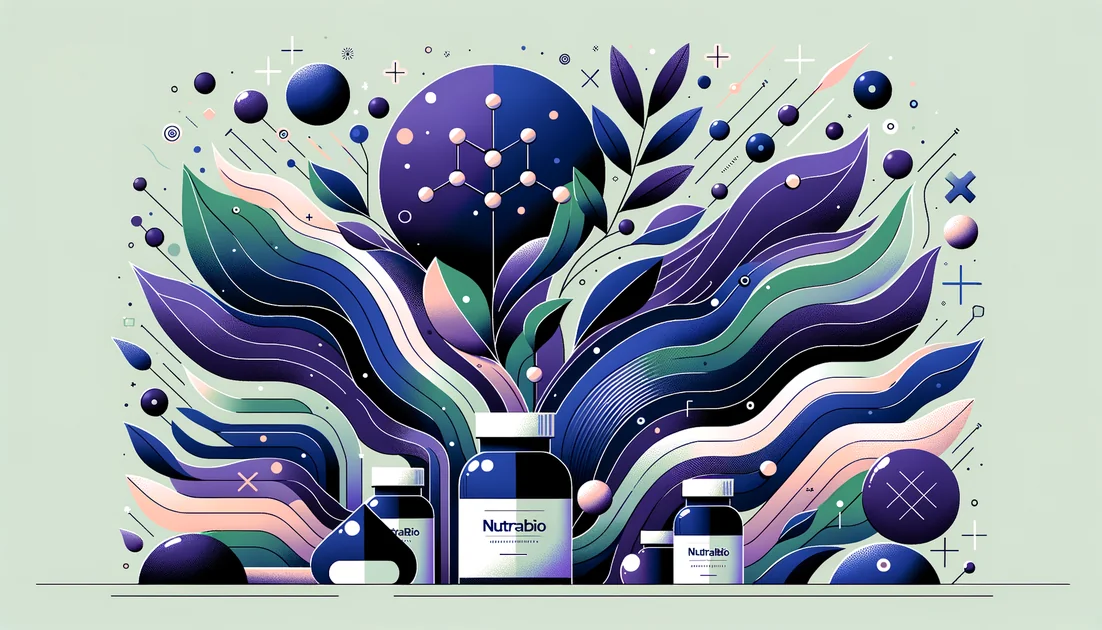
NutraBio
NutraBio: The Transparency Standard—with Prices That Mostly Add Up
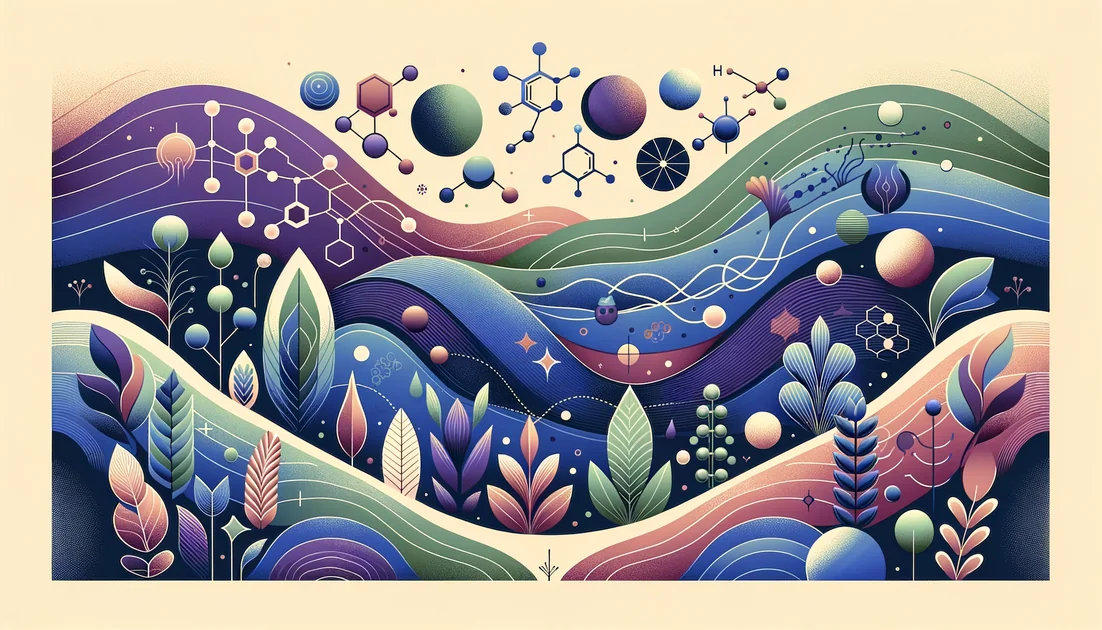
Collagen Peptides (Hydrolyzed) vs Bone Broth (Traditional/Commercial)
For targeted, measurable support (especially joints) choose collagen peptides. Pick bone broth for a warm, savory, light-protein drink—just don't count on it for clinically studied collagen doses. [1][2][3]
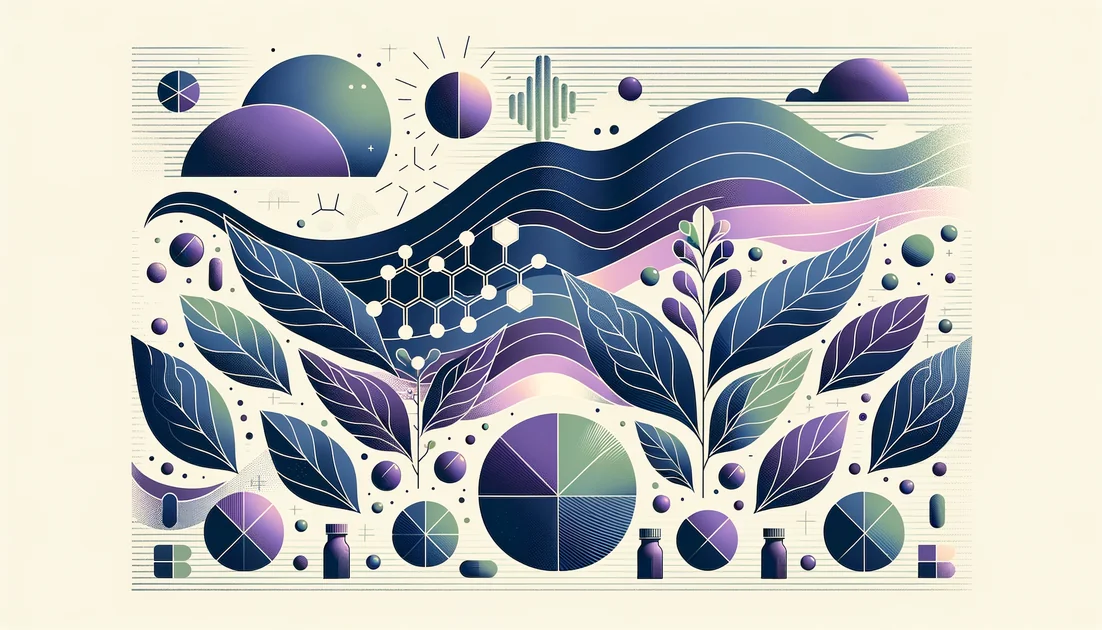
Best for longevity
Selenium 200 mcg + CoQ10 200 mg daily (4 yrs) — mortality signal [2]
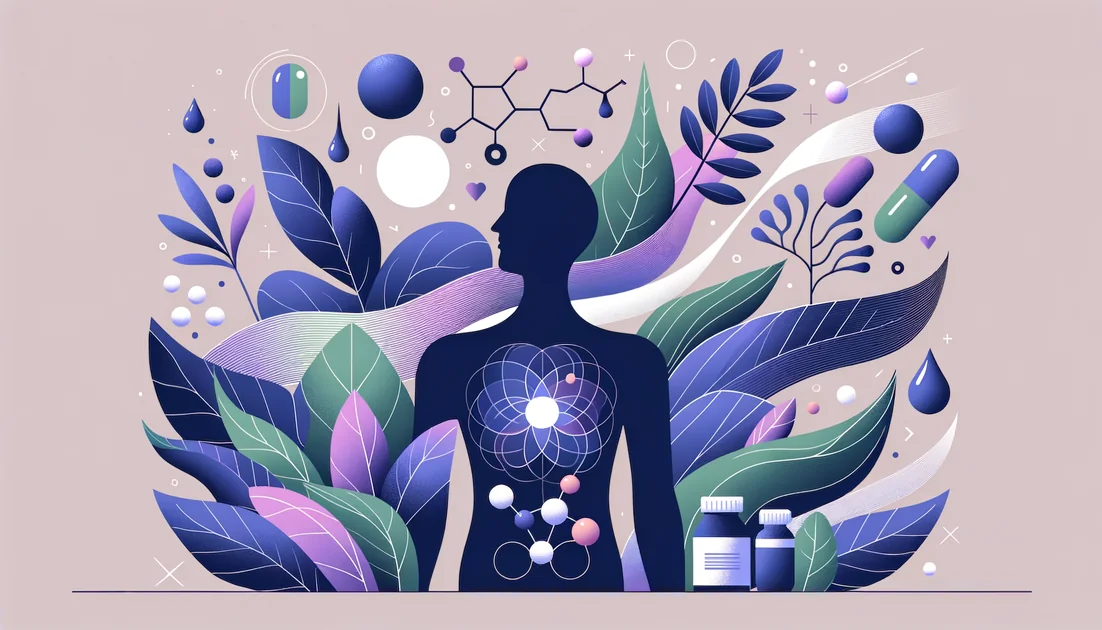
L-Phenylalanine
A mother waits outside a lab in 1934, pleading for answers about the strange, musty smell in her children's urine. Decades later, a dermatologist times a UV lamp to the minute after a patient swallows an amino acid. Today, a researcher hands volunteers a phenylalanine drink and watches their hunger ebb. The common thread is a single molecule—L-phenylalanine—an essential building block that can color skin, quiet appetite, and, in rare cases, cause harm if your biology can't process it.
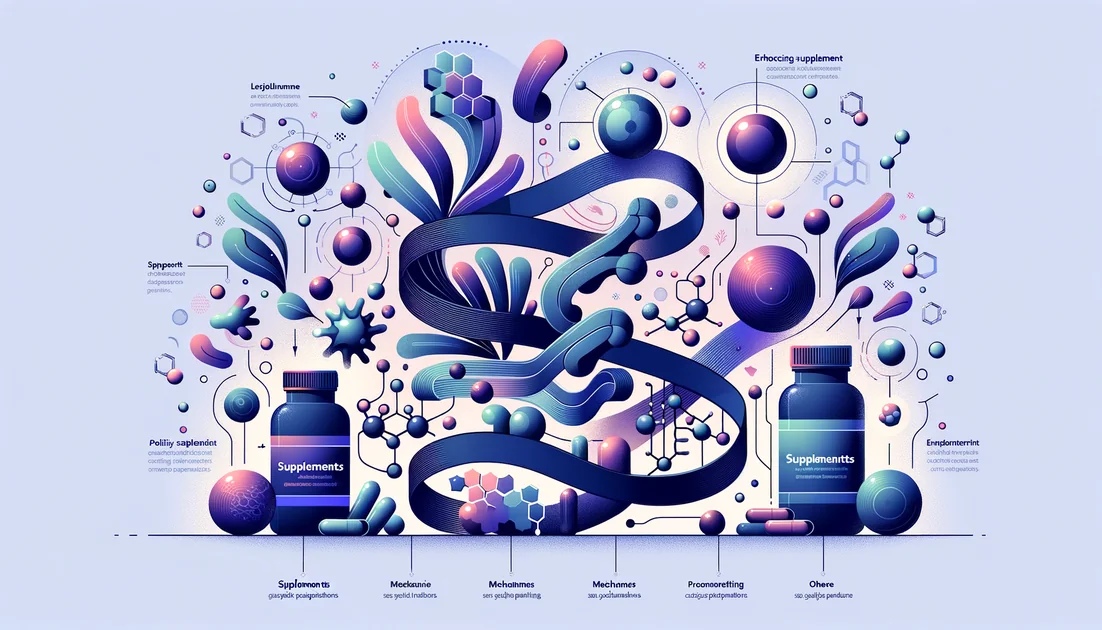

Tocotrienols
The stealthier cousins of vitamin E—built with springy tails that move differently in cell membranes and behave differently in your body.



